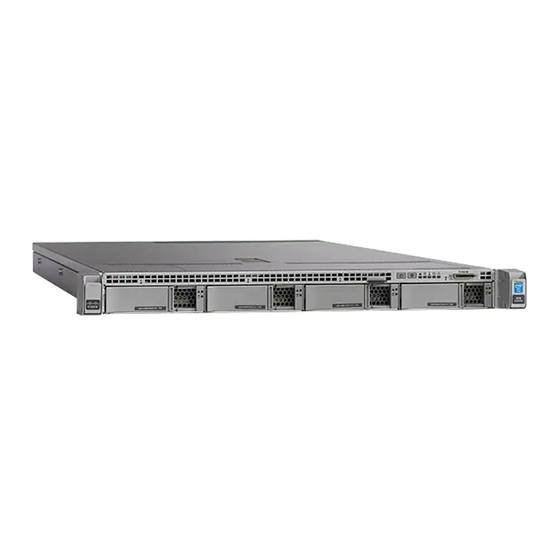Cisco Aironet 1500 Series Gegevensblad - Pagina 3
Blader online of download pdf Gegevensblad voor {categorie_naam} Cisco Aironet 1500 Series. Cisco Aironet 1500 Series 8 pagina's. Lightweight outdoor mesh access points
Ook voor Cisco Aironet 1500 Series: Aan de slag handleiding (31 pagina's)

All contents are Copyright © 1992–2006 Cisco Systems, Inc. All rights reserved. This document is Cisco Public Information.
Feature
Flexible, integrated dual and
single radio options
Standards-based LWAPP
Security
Zero-touch Configuration
deployment
Radio Resource Management
(RRM)
Quality of Service
Guest Access
Multiple Broadcast Service Set
Identifiers (BSSIDs)
Web-authentication
Power over Ethernet (PoE)
Ruggedized Enclosure
Summary
The Cisco Aironet 1500 Series is ideal for outdoor wireless deployments, scaling from enterprise
extensions of indoor wireless LANs to metropolitan-sized deployments. It supports a dual-radio
configuration that enables pico-cellular designs to deliver high system capacity and a single-radio
configuration that supports moderate capacity needs. Cisco's patent-pending Adaptive Wireless
Path Protocol (AWPP), designed specifically for wireless environments, provides dynamic path
optimization and self-healing capabilities, making the Cisco Aironet 1500 Series easy to use and
minimizing management costs.
Benefit
● Dual-radio option provides separate channels for the mesh infrastructure and
client access, enabling pico-cellular design, minimizing system interference, and
delivering high system capacity.
● Single-radio option is available for environments that require a single band
solution.
● Complies with 802.11a and 802.11b/g standards for interoperability with any
Wi-Fi-compliant client.
● Supports wireless backhaul over the 4.9-GHz band for reduced interference for
public safety licensees,
● Single, integrated design simplifies deployment and management.
● Centralizes functions of wireless LANs at Cisco wireless LAN controllers to
enable intelligent, system-level device and RF management, security, and
mobility across and between subnets.
● Provides a consistent WLAN architecture between indoor and outdoor
deployments.
● Managed through easy-to-use and intuitive interfaces on Cisco wireless LAN
controllers and Cisco WCS Software.
● X.509 digital certification prevents unauthorized devices from joining the wireless
mesh network.
● Hardware-based AES encrypts access-point-to-access-point traffic to help ensure
privacy.
● The Cisco wireless LAN controllers define security policy for centralized
applications.
● Supports 802.11i, WPA2, and WPA standard security authentication and
encryption for interoperability with any Wi-Fi-compliant client. Supported EAP
types include SIM, PEAP, TLS, TTLS, and Cisco LEAP.
● Allows access points to securely join the wireless mesh network without needing
to be configured on site at installation, reducing deployment costs.
● Simplifies installations of new mesh access point when Bridge Group Names
(BGN) are used.
● Interoperates with software at the controller to create an intelligent RF plane for
self-configuration, self-healing, and self-optimization.
● Detects interference from existing, unrelated WLAN access points and adjusts the
RF parameters to optimize network performance.
● Support for 802.11e Wi-Fi Multimedia (WMM) provides quality of service and
seamless roaming for high-priority traffic such as voice or video.
● Provides differentiated services for high-priority traffic.
● Enables public safety and enterprise voice over IP (VoIP) and video applications.
Support for guest user access through a webpage redirect to a login portal or to a
public WLAN services gateway.
16 BSSIDs allow multiple virtual WLANs for different user types such as public
access, municipal services, police, or fire departments as well as enable wholesale
business models.
Interfaces to remediation server to support third-party billing platforms.
Can be powered over the same cable that provides Ethernet connectivity, simplifying
the need for a nearby AC power source and reducing deployment complexity.
Maximizes network uptime through reliability in severe weather conditions including
rain, lightning, wind and vibration from storms or road traffic.
Data Sheet
Page 3 of 8
